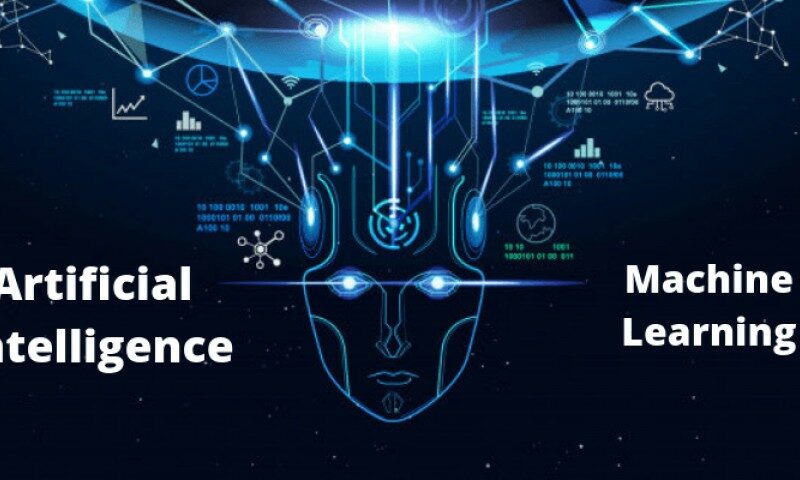Machine Learning:
Machine learning (ML) is a type of artificial intelligence (AI) that allows software applications to become more accurate in predicting outcomes without being explicitly programmed to do so. Machine learning algorithms use historical data as input to predict new output values.
Artificial Intelligence:
Artificial intelligence (AI) is a branch of computer science that deals with the creation of intelligent agents, which are systems that can reason, learn, and act autonomously. AI research has been highly successful in developing effective techniques for solving a wide range of problems, from game playing to medical diagnosis.
Differences:
The main difference between machine learning and artificial intelligence is that machine learning is a subset of artificial intelligence. Machine learning algorithms are used to train artificial intelligence systems to learn from data and improve their performance over time.
Here is a table that summarizes the key differences between machine learning and artificial intelligence:
| Feature | Machine Learning | Artificial Intelligence |
|---|---|---|
| Definition | A type of artificial intelligence that allows software applications to become more accurate in predicting outcomes without being explicitly programmed to do so. | A branch of computer science that deals with the creation of intelligent agents, which are systems that can reason, learn, and act autonomously. |
| Input | Historical data | Data and instructions |
| Output | Predictions | Intelligent behavior |
| Examples | Spam filters, image recognition algorithms, and recommendation engines | Self-driving cars, virtual assistants, and medical diagnosis systems |
How they are related:
Machine learning and artificial intelligence are closely related, and the two terms are often used interchangeably. However, it is important to understand that machine learning is a subset of artificial intelligence.
Machine learning algorithms are used to train artificial intelligence systems to learn from data and improve their performance over time. This means that machine learning is a key component of artificial intelligence, and the two technologies are often used together to create intelligent systems.
Applications:
Machine learning and artificial intelligence are used in a wide variety of applications, including:
- Spam filtering: Machine learning algorithms are used to train spam filters to identify and block spam emails.
- Image recognition: Machine learning algorithms are used to train image recognition algorithms to identify objects in images.
- Recommendation engines: Machine learning algorithms are used to train recommendation engines to recommend products, services, and other content to users.
- Self-driving cars: Artificial intelligence is used to train self-driving cars to navigate roads and avoid obstacles.
- Virtual assistants: Artificial intelligence is used to train virtual assistants to understand and respond to user requests.
- Medical diagnosis: Artificial intelligence is used to train medical diagnosis systems to identify diseases and recommend treatments.
These are just a few examples of the many applications of machine learning and artificial intelligence. As these technologies continue to develop, we can expect to see them used in even more ways to improve our lives.












Comments